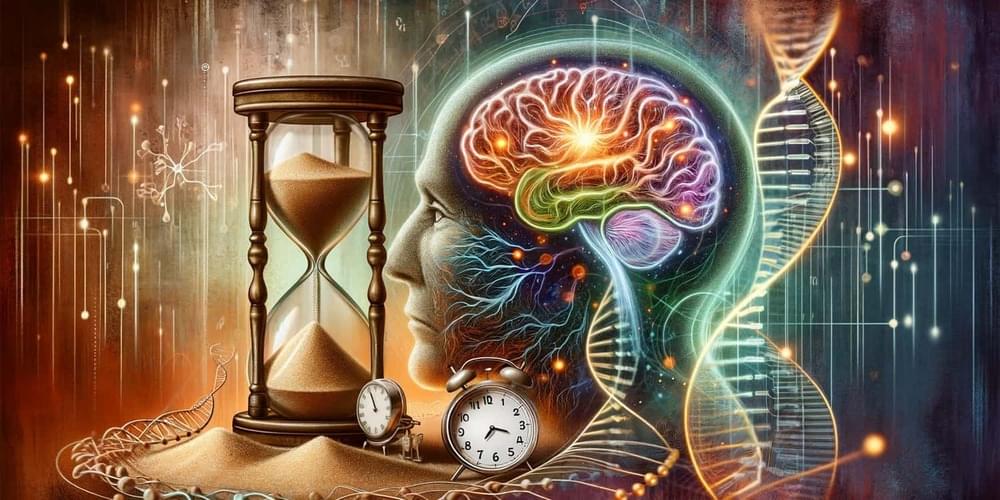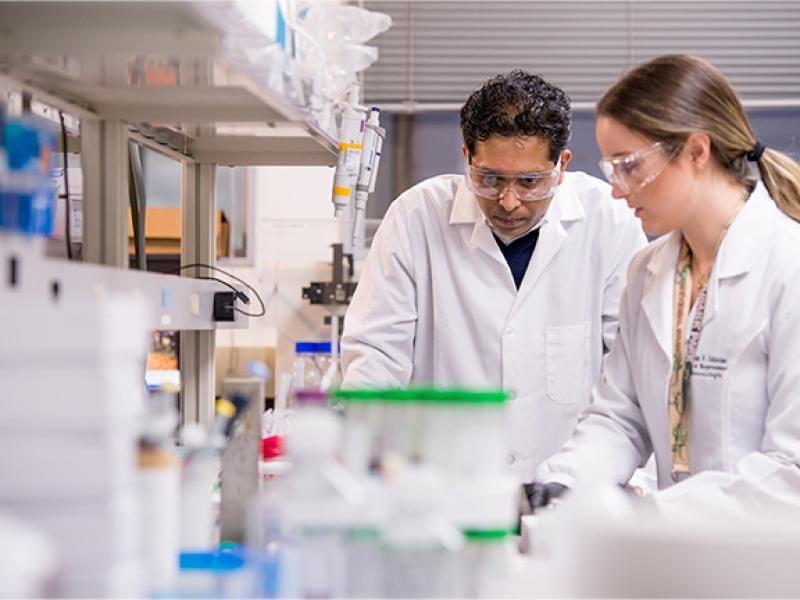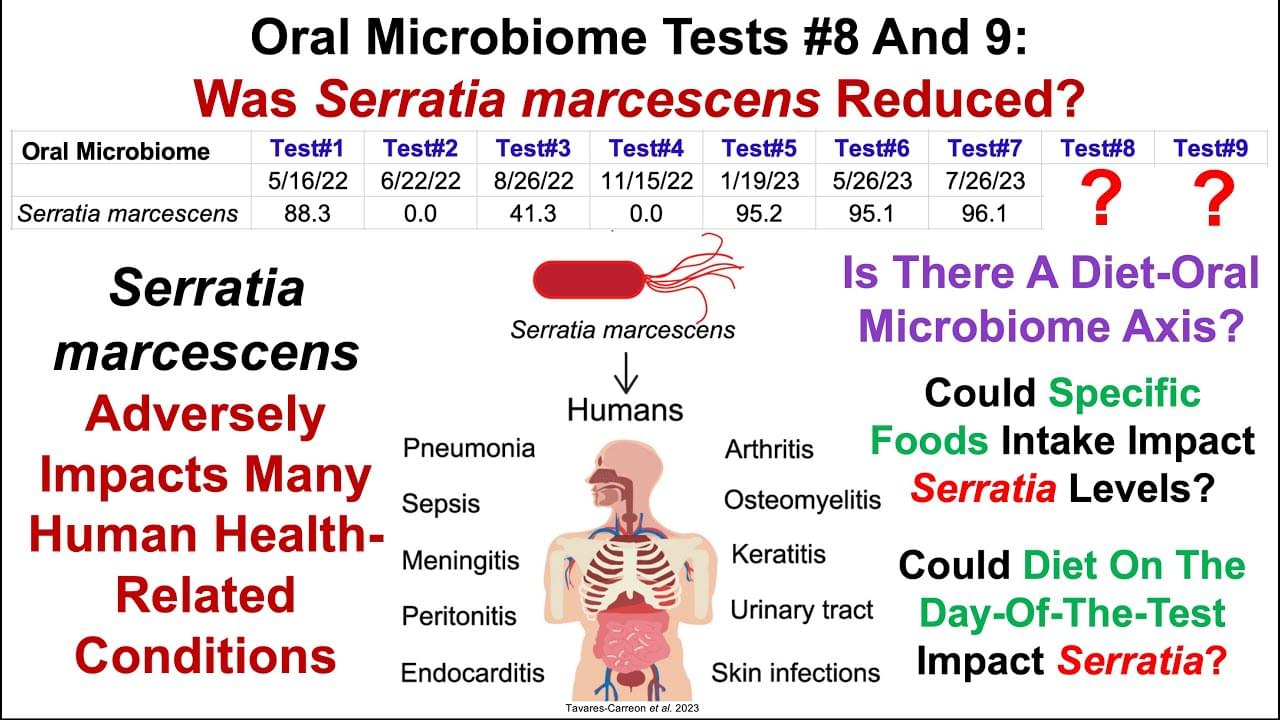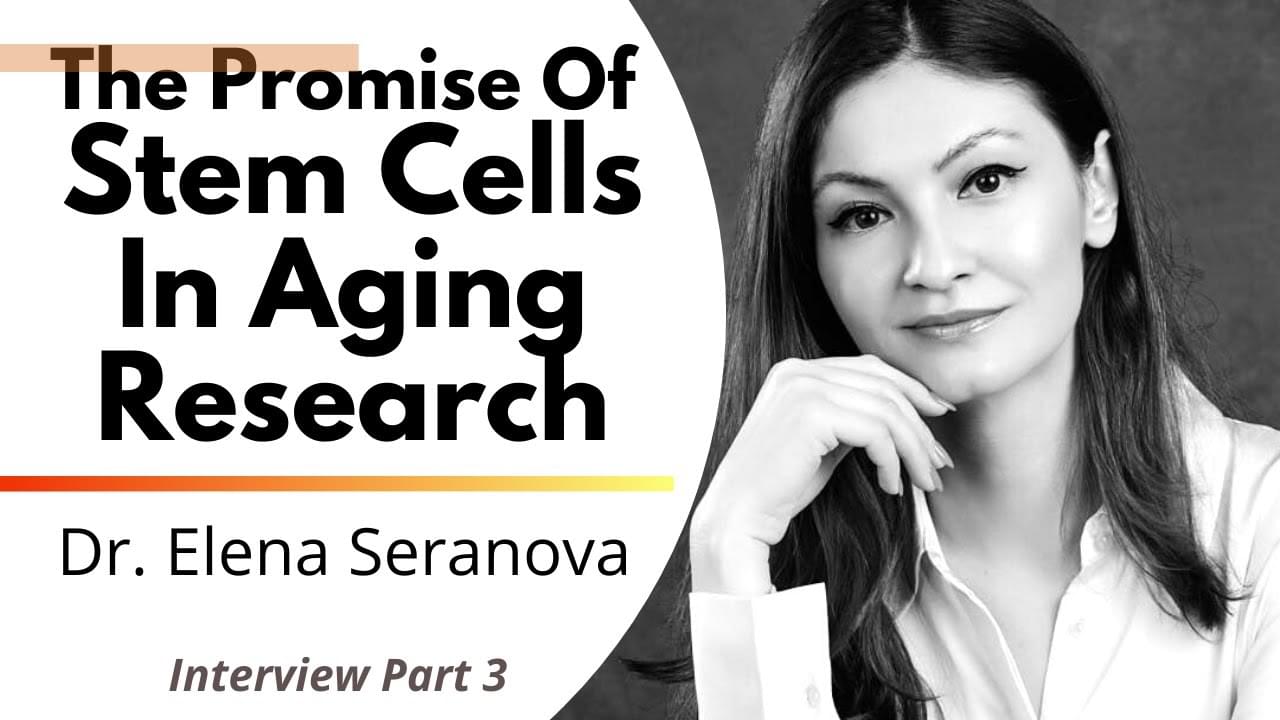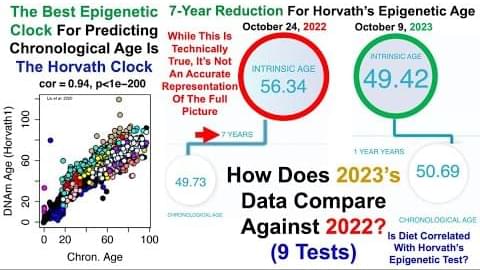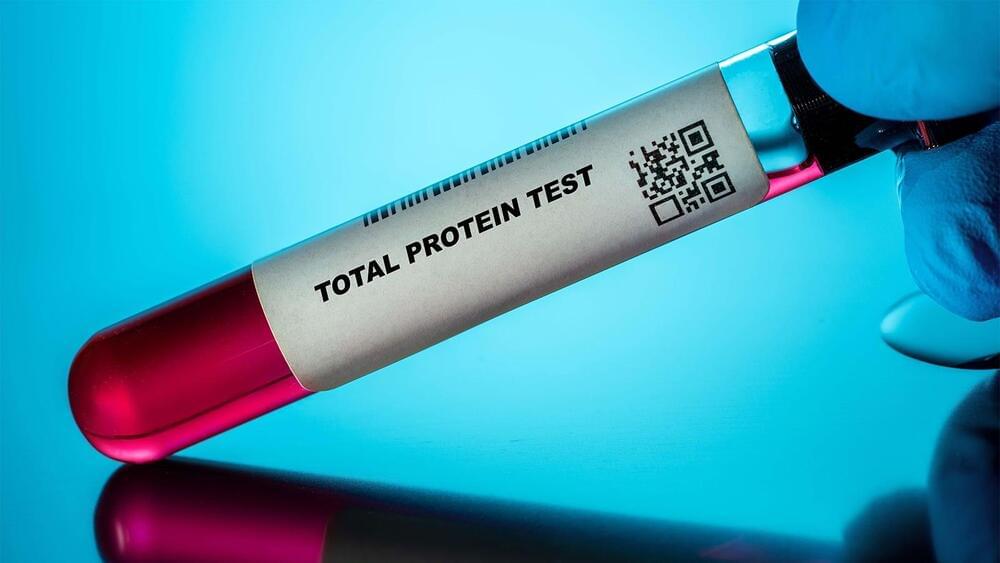Nov 28, 2023
Epigenetic age acceleration linked to poorer memory performance and cognitive functioning
Posted by Genevieve Klien in categories: biotech/medical, genetics, life extension, neuroscience
New research suggests that biological age, as indicated by DNA methylation, more significantly impacts cognitive abilities like memory and processing speed than chronological age. This finding could reshape our understanding of aging and cognitive health.
